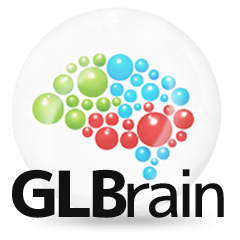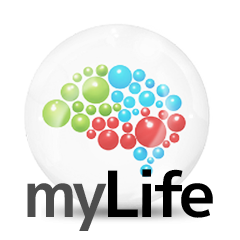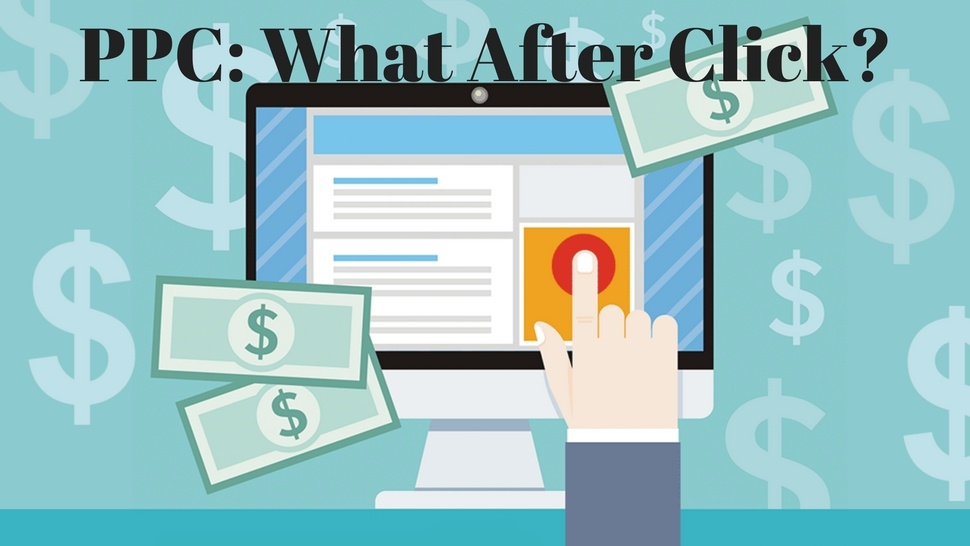Do you use them in the right way? The only thing that guarantees success in paid campaigns is what comes after clicking.
Google Ads, Bing Ads, as well as the payment of advertising on social networks like Facebook, represent a good way to reach the target audience, declare a service or a company, and increase revenue. However, regardless of the superficial success of a campaign, it often happens that after clicking, a new barrier appears that disables the final success of a paid campaign or pay per click (PPC).

When you work with clients paying these campaigns, the most common question is which is the goal of a paid campaign, but that should not be the end. Call to Action (CTA) should include where the call goes, what a potential customer gets when clicking on an ad, how you will treat the customer while the process is ongoing, and the overall long-term profit that a customer receives.
CAMPAIGN SUCCESS IS NOT DETERMINED AT THE SURFACE LEVEL
Visitors can click on your ad, the conversion can be surprisingly high, and cost per click, CPC is low. Such statistics are easy to achieve, but it does not guarantee success. Customers who are referred to a call center that does not respond to calls, or put on a mailing list that is not used, or are offered a product that no longer exists, are not the customer to attract.
In order for PPC to succeed as an advertising channel, before starting the campaign, it is necessary to define what the customer will see when clicking on an ad, completely testing the user experience, and understanding the process that will turn the potential customer into a revenue-generating customer.
This applies to paid search, as well as paid advertising on social networks and online advertisements. Feasible paid campaign can increase page likes up to 1000%, but if a party is not made to contact the audience or take it to your place on the web on which you sell the product, it will quickly be forgotten, as well as the company behind it, but and the ad that prompted the person to click on the likes.

FOCUS ON EXPERIENCE AFTER CLICK
To know what you expect a potential customer to do after clicking on an ad, consider what you want from such a visitor. Is it filling in a form, a phone call, or buying your products? A correctly defined call to action determines which customer's outcomes will face after filling out a form, inviting you, or completing a purchase.
Marketing professionals need to understand the process through which the customer passes from the call to. Consider the following:
- If the call to action is a phone call, who will answer the call? Is it a trained expert who will transform a potential customer into a real customer or at least take the next step? Does such a call center have a sufficient number of telephone lines so that the sudden increase in the number of calls does not stagnate the lines?
- If the goal is to sell the product, is the product available and is it available in sufficient quantity? Is the user experience on the site optimized and tested? Will the customer, after successful shopping and leaving the site, come back? Is the shopping process easy to navigate and reviewed? How many steps are needed before the end of the purchase?
- If you offer web or graphic design or search engine optimization services, will the site that a potential customer will come up with and testify to the expertise and success in the field?

The ability to answer these questions determines the performance of paid campaigns after clicking on the ad and guarantees a successful return on funds invested in advertising.
The paid revenue-generating campaign is just the top of the iceberg of successful business in the modern market, but it is important to define what this success represents. A high conversion rate is just the beginning, but what happens after conversion is just the potential to be used in the right way to get the desired results.
Follow me on Twitter - @SrdjanKali.




Share the News